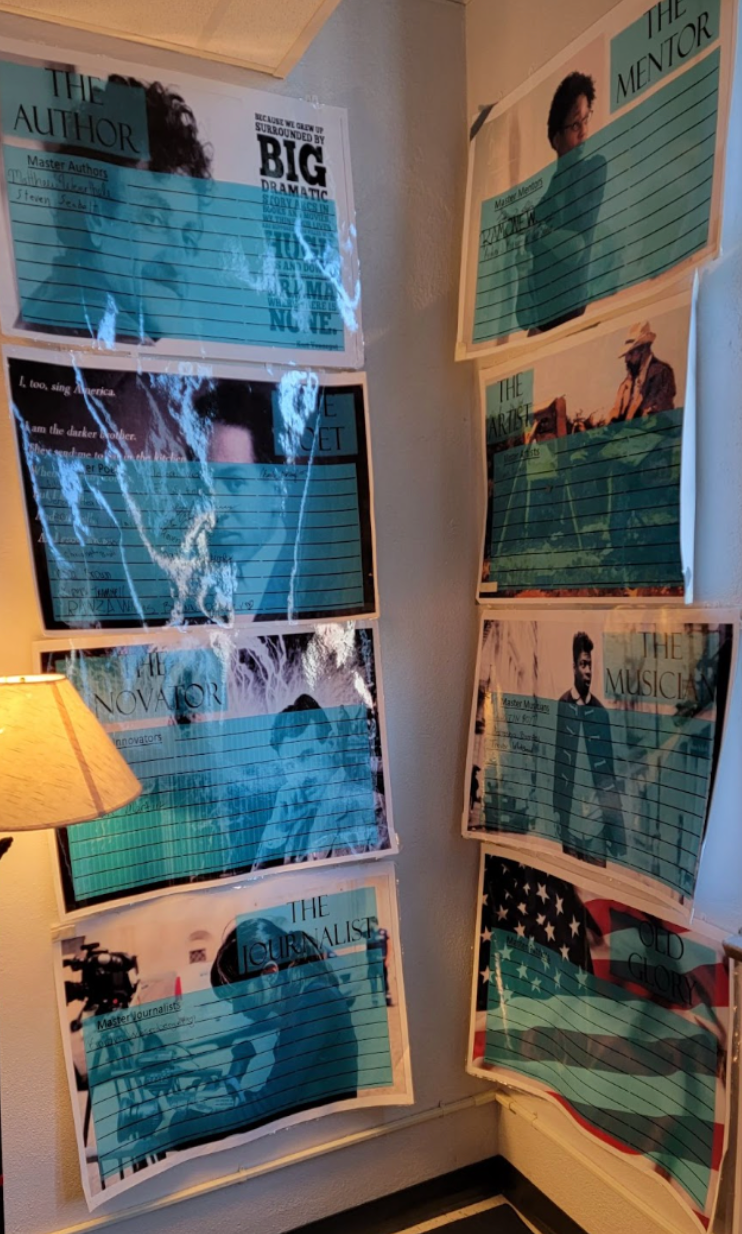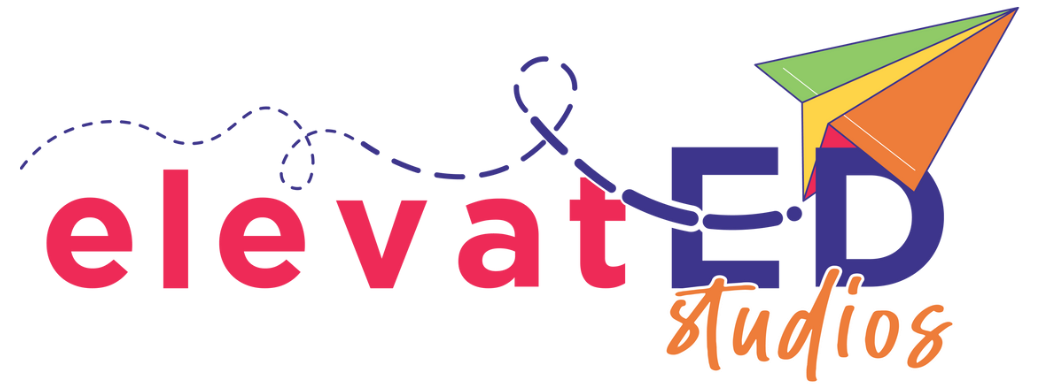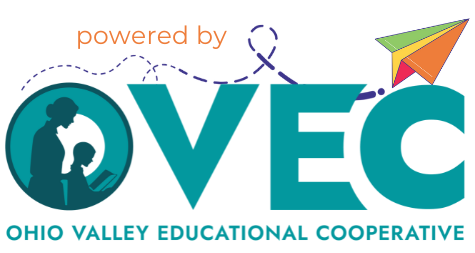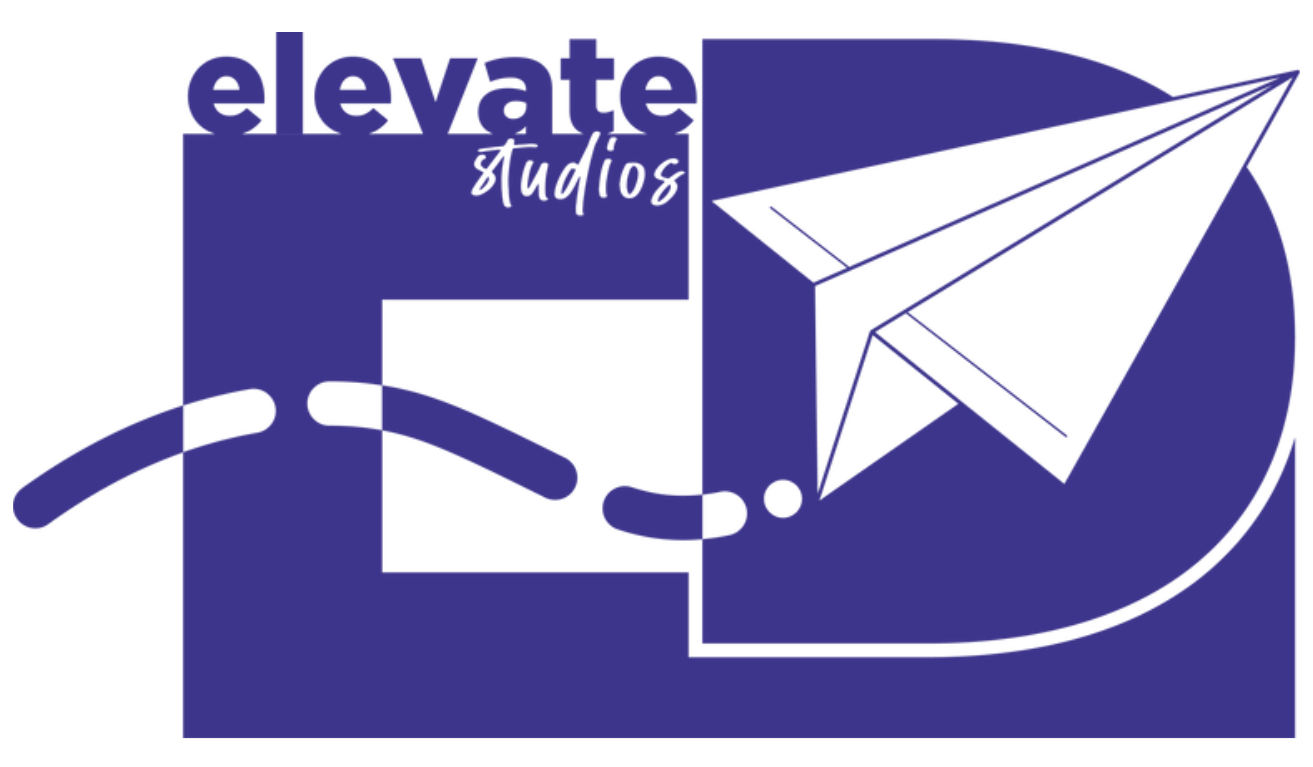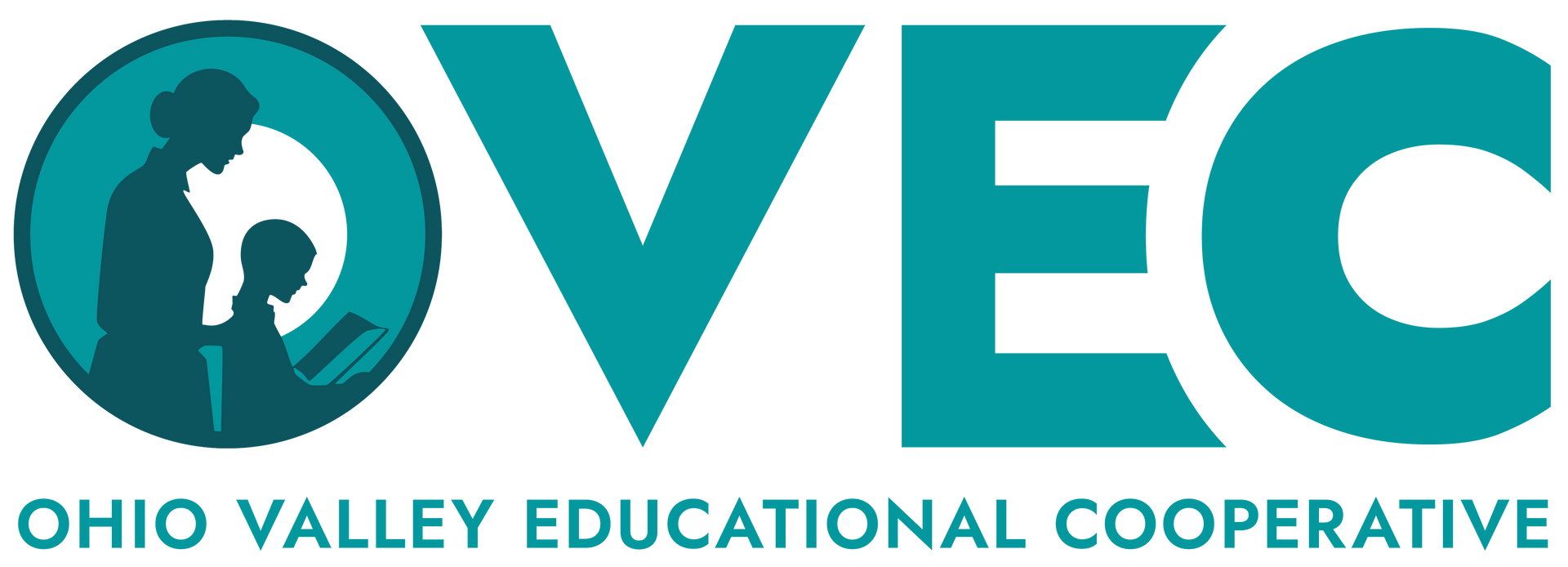Playing Roles, Rolling Dice: Dungeons, Dragons, Academic Standards and Durable Skills Combine for Authentic Adventures in Learning
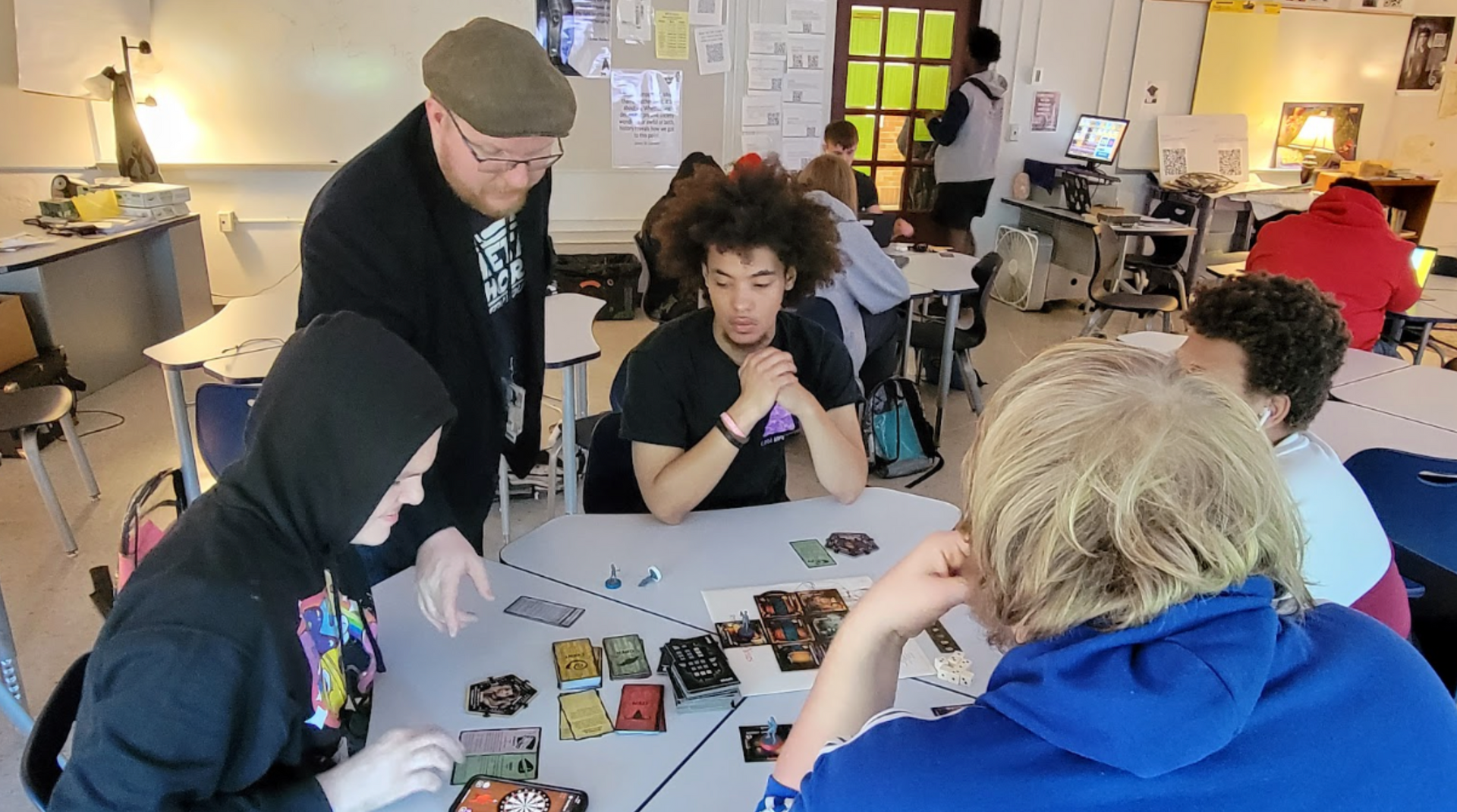
Patrick La Mar, a social studies teacher at North Oldham High School, was seeking a way to make his content more accessible and exciting for students. He recognized that his previous lesson iterations were not very engaging: “Most students have a hard time, both middle school and high school today, empathizing with literary characters and historical people.” La Mar therefore came up with the idea of combining Dungeons & Dragons rulesets with the premise of the classic video game The Oregon Trail, and an immersive learning experience was born.
This idea of game-based learning may be something you occasionally see in classrooms. However, most would agree that incorporating tabletop role-playing games like Dungeons & Dragons (often shortened to D&D, or DnD) is a fairly novel subset of game-based learning! And yet, such innovation is happening here in the OVEC region of our state. Recent examples have been highlighted in Kentucky Teacher, an episode of Kentucky Edition, and by NGLC.
If you’re unfamiliar with role-playing games (RPGs) in general and table-top role-playing games (TTRPGs) in particular, let’s define them compared to a typical board game like Monopoly. Board games are usually competitive – one player declared a winner – whereas RPGs are usually cooperative, with players working together to achieve a common goal. A board game has a very fixed path and limited opportunities to be “in character.” On the other hand,RPGs ask for players to take on the roles of characters who actively co-create and “act” in their shared story, often refereed by a person called the “Game Master” or “Dungeon Master” who helps narrate the adventure and play the parts of the non-player characters they encounter. TTRPGs add elements to role-playing games such as rolling dice to determine the outcomes of choices like fixing a spaceship or battling a dragon. D&D is the most well-known example of a TTRPG.
What La Mar found by incorporating these games that emphasize perspective-taking into his classroom was that not only did students better understand the hardships of American pioneers in the 1800’s after the session, they had a deeper appreciation for a historical perspective different than their own. Without the game, La Mar felt “getting them to recognize what are people’s motivations, and based on their motivations, how are they going to respond when certain things happen to them” was difficult.
How role-playing games are transforming the student experience
Justin Gadd (Marnel C. Moorman, K-8, Shelby County Public Schools) not only runs an extracurricular D&D club, but incorporates TTRPGs into his lessons. Recently, he had students play as Romans marching into Brittania around the first century AD. As students in small groups encountered various trials and tribulations (self-DMed by clicking through a slide deck), they had to work together, with their choices and dice rolls determining success or failure. According to Gadd, student collaboration in TTRPGs is key: “Teamwork is a huge part of what makes D&D fun. I remind my students that your party is your team and everyone has a job to do for you all to be successful. It teaches them that even though we all may have different backgrounds, we can all work together to accomplish a goal.”
And besides discovering the content of the historical record of the past, there is other academic learning, too: “There’s creative writing, problem-solving, math, statistics, probability and more in the process of creating characters and managing actions during the game.” Indeed, Gadd echoes the durable skills of his district’s Profile of a Graduate when describing what is necessary when playing TTRPGs: “You gotta be a Critical Thinker. You have to be an Effective Communicator. You have to be a Responsible Collaborator, working with teams.”
When students reflect, they often see how such TTRPGs can make a positive difference in their learning. Bryson, a student of Mr. Gadd’s, even saw benefits outside of his social studies class: “I used to not be that very imaginative and creative. But going into D&D has helped expand my outlines of what makes a good story and whatnot. And so when I’m in ELA, I can usually write better.”
For Mr. Gadd and Mr. La Mar, D&D began as a passionate hobby outside of school. When they brought that joy and personal interest into their classrooms, students responded at least as much to their willingness to reveal their authentic selves as they did to the mechanics of the instructional gameplay.
So, if students have a positive learning experience from a TTRPG integrated into a lesson or unit, what might happen if an entire course was built around such a concept? John Brewer, an English teacher at Shawnee High School (Jefferson County), offers an answer.
Stepping inside John Brewer’s classroom immediately gives you the impression that his curriculum and culture are different. Posters and maps alluding to sci-fi and fantasy worlds adorn the walls. Student desks are clustered into collaborative pods. A Dungeons & Dragons Player’s Handbook sits just down the shelf from a James Baldwin book. The interactive flat panel displays the following instructions for today’s Creative Writing class: “Mindfulness Journal Prompt: How do we both fear and desire the unknown? If you haven’t fought the Wendigo, or completed the Wendigo week Mastery, consider fighting it today for a grade!”
DnD is woven into the DNA of Brewer’s class. As he puts it, “DnD – as a scaffold for student exploration, inquiry, and engagement – is extremely potent.” In his Senior English course, students choose a “class” (such as The Poet, The Innovator, The Musician, etc.) in the same way you choose to be a Sorcerer or a Paladin in D&D, and this “class” determines its own unique pathway of assignments to demonstrate learning. “The Artist” can demonstrate their understanding of Reading standards by researching production art in animation, reflecting on a VR experience of Van Gogh’s paintings, or “reading” modern art and creating an artist “PowerPoint Portfolio” of observations.
Brewer goes further in his Creative Writing course: “The course focuses on creating and understanding tabletop gameplay through DnD. The first fifteen weeks of ‘Progress Assignments’ for students are divided between practicing tenets of creative writing and learning more about how to play and plan for a DnD campaign.” After the first part of the course where students create a character and learn some D&D basics, they can continue down the D&D/gaming path or choose other ways to demonstrate mastery. “We finish the year out with an exploration of different monsters to discuss how various cultures produce monsters and what purpose those monsters serve as ‘guardians’ of that culture's values.”
Students enjoy the Creative Writing class and Mr. Brewer in equal measure. Alex enthused how supportive Mr. Brewer has been: “Anytime you need help, boom, right on the spot right there. Helping with another student, he gets done with him, you next.”
Marcell shared how Mr. Brewer “tries to make it more fun and educational per se than other teachers. He pulls the videos, he makes sure that we're all interacting, answering questions, and he makes sure that we're doing the work.” He also complimented Mr. Brewer that he “has more energy, he’s more enthusiastic” and is a “happier, more positive” teacher. Marcell also noted how making a D&D character helped him improve his fundamentals of creative writing.
Alajah concurs with her peers. She started the year creating her character Ophelia, a siren that became the center of several creative writing scenarios for Alajah throughout the course. In her opinion, D&D gaming has become a vehicle for Mr. Brewer “getting into like teenager's minds cause that's sort of what we do after school. You know, the boys play their games, girls play games too.” Brewer introduced the scholastic Cohen’s Monster Theory into class, and as Alajah explained, it became a lens the students can use to analyze not just literature, but life: “If you use this theory . . . [it] made me broaden my view on things and to look closer at things than how they really are.” In short, Alajah described Mr. Brewer as “really fun.”
How to get started
Brewer recognizes that structuring a class around a TTRPG requires trust from administrators, and a personal sense of responsibility. As he puts it, “I’ll come with receipts” when a principal needs evidence that academic mastery is occurring. But Brewer also admits that innovative teaching requires risk taking, and he’s been thankful for administration that supports him in a failing forward approach. After all, “failure doesn’t tell the whole story. The key is to learn from the failure and grow.”
Like so many teaching strategies or approaches, you can begin by taking one lesson to “gamify” – just like Mr. Gadd and Mr. La Mar did. As Gadd advised, don’t let the idea of a perfect lesson get in the way of a good one, so long as students are joyful “active participants”: “D&D has a lot of improvisation in it, and your students will have fun and don’t know when you mess up.”
Brewer feels the effort is worth it. While he is passionate about student agency, and believes that D&D has been a key part of his students owning their learning, D&D or other TTRPGs are not limited to high school English classes: “DnD not only plugs extremely well into ELA curriculum, but it allows for many natural spaces to do cross-curricular work.” (As an example of this, D&D offers teacher resources and lesson plans for literacy and numeracy down to the elementary level.) With a happy sigh, Brewer confided, “This class gives me a lot of life.”
Between the fictional selves created by students and captured on D&D character sheets, or the skills learned that will matter for students way past a graduation ceremony, classes that integrate tabletop role-playing games have the opportunity to authentically enrich student lives in all their adventures to come.
Simple Shits Call-Out
- Create active learning Use a TTRPG to make academic content acquisition more creative and vibrant.
- Durable skills as play Have students learn, practice and reflect upon durable (i.e. Profile of a Graduate) skills through play and immersion, instead of just describing and defining what such skills are like.
- Bring YOUR authentic self Students will notice and appreciate your energy and positivity and feel safe to bring their full selves, too.
